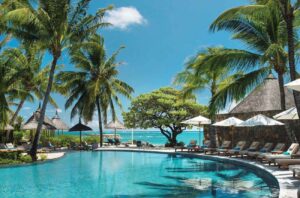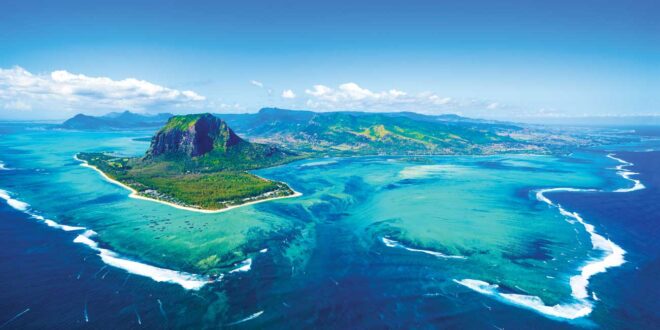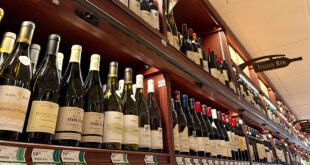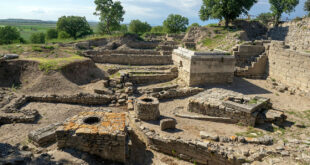[ad_1]  Aerial view of Mauritius from the
Aerial view of Mauritius from the
southwest, with Le Morne Brabant
peninsula and basalt monolith to the left and the ‘underwater
waterfall’ in the centre.
A tropical island in the middle of the Indian Ocean, Mauritius is a winter sun destination. The (inactive) volcanic island, ringed by palm lined, white-sand beaches and lagoons, is protected by coral reefs, perfect for divers. The mountainous interior, meanwhile, is home to sub-tropical forests and several waterfalls. Here ecotourism is on the rise and the more adventurous can discover some of the island’s endemic wildlife.
Sandy beaches and lush forests might not sound like an obvious destination for wine lovers, but think again. A French colony for almost 100 years, a love of French food and wine is deeply rooted. In many of the hotels, French head sommeliers lead teams of young Mauritians keen to share the island’s growing wine culture.
The economic (r)evolution from sugar to tourism and financial services has created a young, affluent clientele with a love of wine and an appetite to learn. Consequently, the wine scene is becoming more exciting, supplied by well-stocked merchants across the island.
Melting pot
Mauritius was Dutch, French and English before becoming a republic in 1968. French, English and a French-based form of creole known as Morisien are spoken and this rainbow nation’s population includes a large group whose origins lie in the Indian subcontinent and elsewhere in Asia. Mauritian cuisine is a fusion of this heritage, with creole specialties such as rougaille, vindaye and roti taking pride of place. The seafood, tropical fruit, palm hearts, local game and even locally grown tea and coffee make the island a foodie paradise. Alongside sugar cane fields are orchards of lychee and mango trees covered in nets to keep away fruit bats, and fields of Victoria pineapples so tender you can eat the whole fruit.
Foodies will find plenty to keep them occupied in the capital, Port Louis, where the bustling Central Market is home to stalls piled high with colourful tropical fruit and veg. A street food tour with Taste Buddies is a great way to sample what and where the locals eat (from €45 per person).
Wine on the rise
A growing South African population with a penchant for braai has seen the selection of wines from this close neighbour grow in tandem. Oddly, for an island known as a honeymoon destination, duty on Champagne is almost five times that of still wine. Happily, Méthode Cap Classique and crémant escape this duty, so you can still add a sparkle to your stay.
Mauritius’ new wine dynamism also benefits visitors. Wine has become a marketing and communication tool for resorts, and consequently selections are now more exciting, no longer limited to average wines in all-inclusive deals.
Jérôme Faure, head sommelier of the Constance hotel group and chairman of the Mauritius Sommelier Association, is passionate about developing young local wine talent and a pioneer of wine-centred hospitality. The Blue Penny Cellar restaurant at the Constance Belle Mare Plage resort on the east coast is the wine star of the group. It’s home to 35,000 bottles from more than 2,300 wineries, with about 30 wines served by the glass. Its Around Wine concept allows guests to first choose wines by the glass for each course from a small list and then have the sommelier or chef suggest the perfect dishes to complement their choices. The hotel group has 103 sommeliers across its hotels.

Constance Belle Mare Plage
Every May, the Constance group holds La Paulée, where winemakers host dinners over successive days, then a finale brings everyone together; in January, its Music & Wine week pairs winemakers with musicians. Neighbouring C Mauritius hosts an organic wine festival; this year’s iteration is due to take place on 26-27 April.
Le Château de Bel Ombre on the southwest coast also builds relationships with winemakers and visiting chefs based around gastronomic…
[ad_2]Source : https://www.decanter.com/wine/mauritius-a-wine-lovers-guide-552117/



